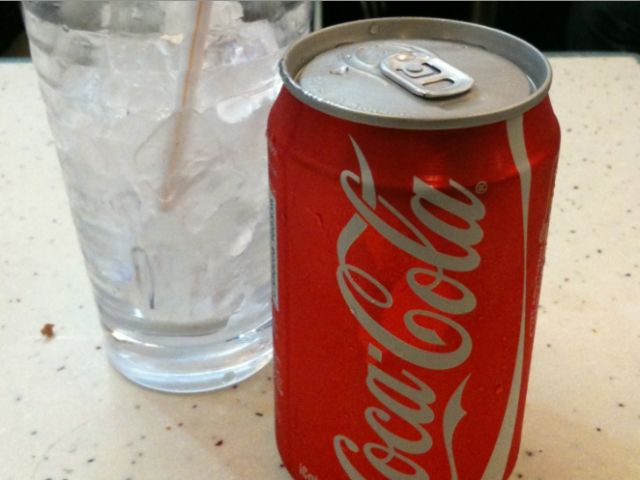"The average American is consuming 22 teaspoons a day. That's about three times what's recommended," says Laura Schmidt of the U.C. San Francisco School of Medicine.
Now, we should point out, we're not talking fruit here. Researchers did not include the sugar naturally occurring in fruit or milk. Instead, the study focused specifically on the risks of added sugar — the refined sugars and corn syrups added to foods such as baked goods and sugary sodas.
So, how much added sugar is OK?
For starters, the American Heart Association advises that women consume no more than 6 teaspoons of sugar daily. This is about 100 calories. And men, no more than 9 teaspoons, or about 150 calories from sugar.
The World Health Organization says people should get no more than 10 percent of their daily calories from sugar.
And the last time the federal government weighed in on sugar was in the 2010 Dietary Guidelines, which make only a broad recommendation to reduce consumption of added sugar.
So how best to reduce sugar?
Some steps are fairly obvious. For example, eliminating one 12-ounce can of sugar-sweetened soda can cut about 9 teaspoons of sugar.
But other common sources of added sugar can take you by surprise. For example, this morning I ate a small, 4-ounce cup of low-fat organic peach yogurt. I chalked it up as a very healthy breakfast, but when I looked at the nutrition label, it had 17 grams of sugar.
"You just shot most of your wad" for the day, Schmidt points out.
So, yeah, swap those sweetened yogurts for plain yogurt. A typical 6-ounce serving of vanilla yogurt has about 6 teaspoons of sugar — which is about as much as a regular size Snickers bar.
Bottom line: Read the labels. Most nutrition labels list sugar in grams. Four grams of sugar is equivalent to about one teaspoon.
And, don't get forgot to count sugar if you're eating out. There can be lots of sugar added to breakfast foods.
For instance, stopping at Starbucks to pick up a blueberry muffin with your latte? That muffin, according to the Starbucks website, contains 29 grams of sugar, or roughly 7 teaspoons.
And an Apple Crumb Donut at Dunkin Donuts will set you back 49 grams of sugar — that's more than a day's worth of added sugar.
There's a lot of variability in baked goods. For instance, another option at Dunkin Donuts, the Cocoa Glazed Donut, has much less sugar, 13 grams.
